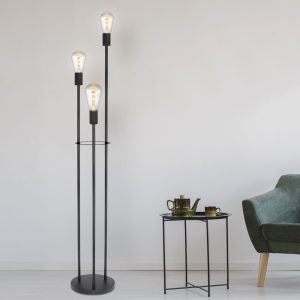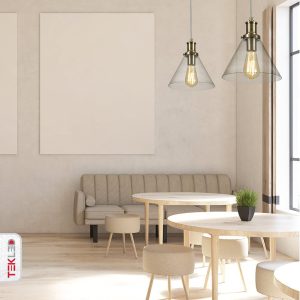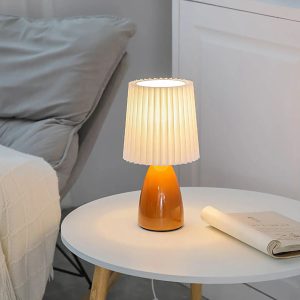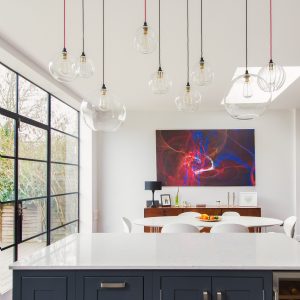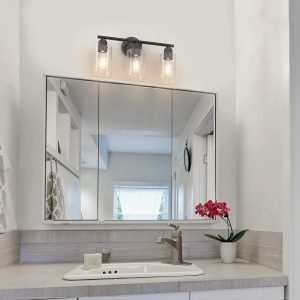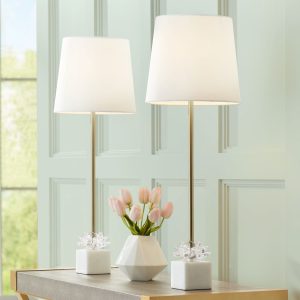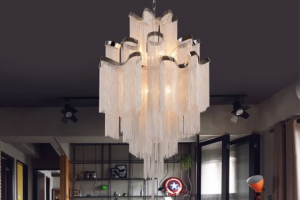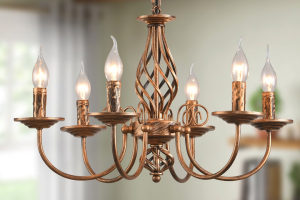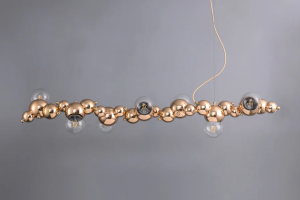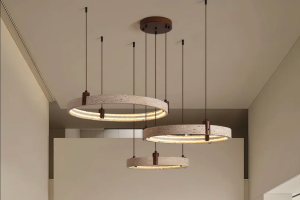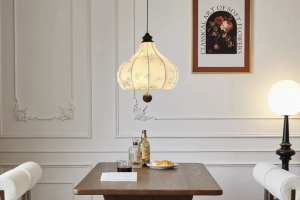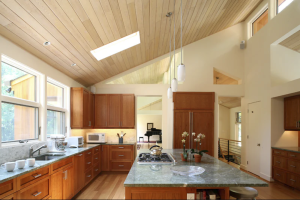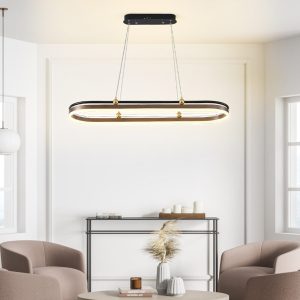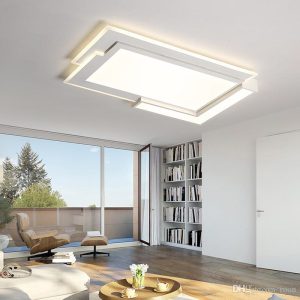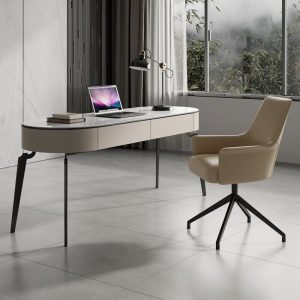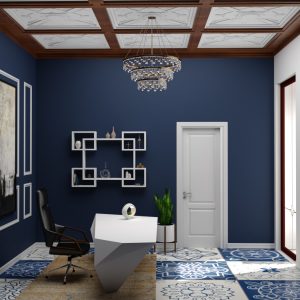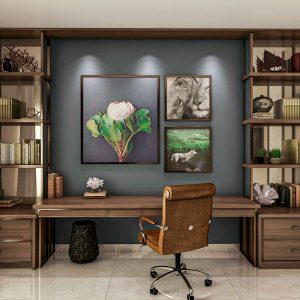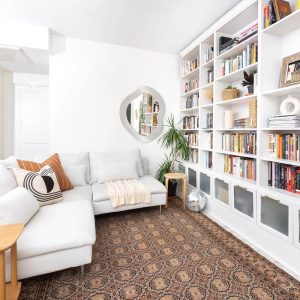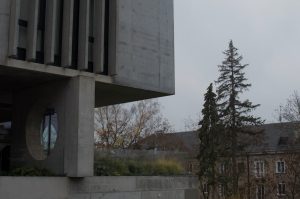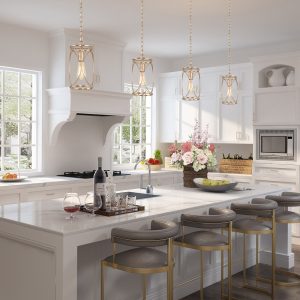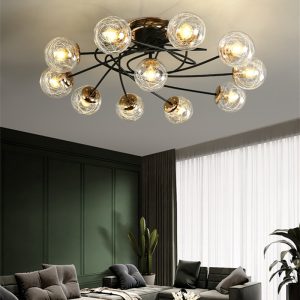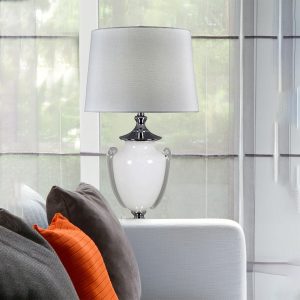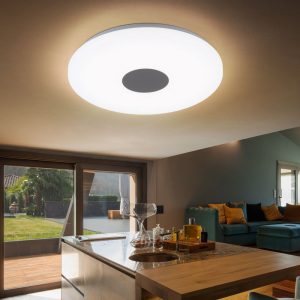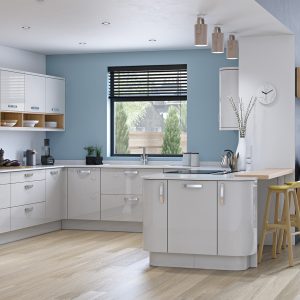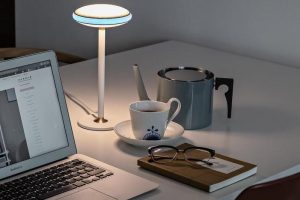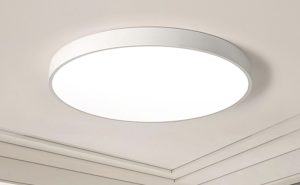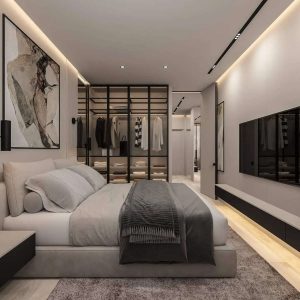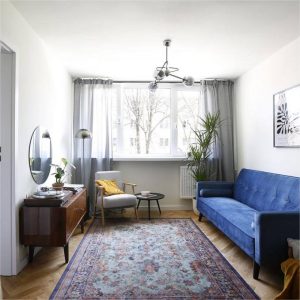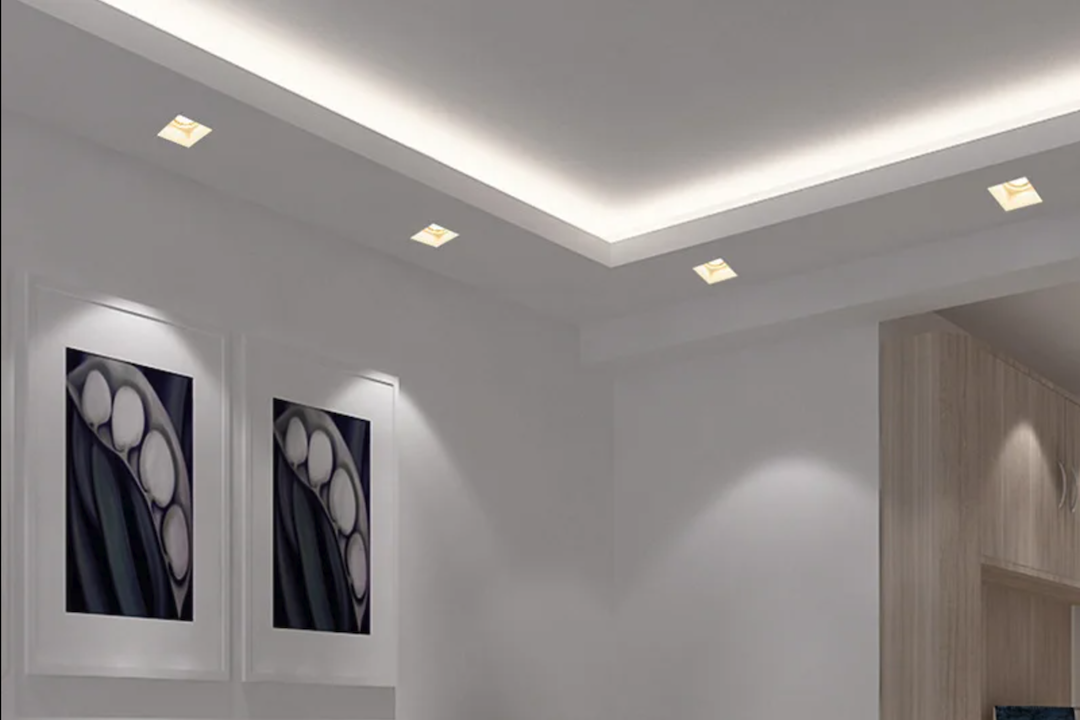
Recessed bezel-less downlights have emerged as a popular lighting solution in contemporary design, seamlessly integrating into ceilings to provide a clean and unobtrusive aesthetic. Unlike traditional recessed lights that often feature a visible trim or bezel, bezel-less designs create a smooth transition between the light fixture and the ceiling surface. This minimalist approach not only enhances the visual appeal of a space but also allows for greater flexibility in design, making it an ideal choice for both residential and commercial applications.
The evolution of lighting technology has played a significant role in the rise of recessed bezel-less downlights. With advancements in LED technology, these fixtures now offer improved energy efficiency, longer lifespans, and a variety of color temperatures to suit different environments. As architects and interior designers increasingly prioritize clean lines and modern aesthetics, bezel-less downlights have become a staple in creating sophisticated lighting schemes that complement various styles, from industrial to minimalist.
The Benefits of Using Recessed Bezel-Less Downlights
One of the primary advantages of recessed bezel-less downlights is their ability to create an illusion of space. By eliminating the visual clutter associated with traditional fixtures, these lights can make ceilings appear higher and rooms feel more expansive. This is particularly beneficial in smaller spaces where maximizing perceived volume is essential.
The unobtrusive nature of bezel-less designs allows them to blend seamlessly into the architecture, drawing attention to other design elements rather than competing with them. In addition to their aesthetic benefits, recessed bezel-less downlights are highly versatile in terms of functionality. They can be used for general illumination, task lighting, or accent lighting, depending on the specific needs of a space.
For instance, in a kitchen, they can provide bright, focused light over work areas while also creating a warm ambiance in dining zones. Furthermore, many models come with adjustable brightness and color temperature settings, allowing users to customize the lighting to suit different activities or moods throughout the day.
How to Choose the Right Recessed Bezel-Less Downlights for Your Space
Selecting the appropriate recessed bezel-less downlights involves several considerations that can significantly impact both functionality and aesthetics. First and foremost, it is essential to assess the size and height of the space where the lights will be installed. Larger rooms may require fixtures with higher lumen outputs to ensure adequate illumination, while smaller areas can benefit from lower-output options that provide a softer glow.
Additionally, the height of the ceiling plays a crucial role; higher ceilings may necessitate downlights with adjustable angles or those designed for greater throw distance. Another critical factor is the color temperature of the light emitted by the downlights. Color temperature is measured in Kelvin (K) and can range from warm (around 2700K) to cool (upwards of 5000K).
Warmer tones are often preferred in residential settings for their cozy and inviting feel, while cooler tones are typically favored in commercial environments for their crisp and energizing effect. It is also advisable to consider dimmable options, which allow for greater control over lighting intensity and can enhance the versatility of a space.
Installation and Maintenance Tips for Recessed Bezel-Less Downlights
Installing recessed bezel-less downlights requires careful planning and execution to ensure optimal performance and safety. Before installation begins, it is crucial to determine the layout of the fixtures based on the room’s dimensions and intended use. A common practice is to space downlights approximately 4 to 6 feet apart for even illumination, although this may vary depending on the specific design and lumen output of the fixtures chosen.
Marking the locations on the ceiling before cutting holes can help visualize the final arrangement. Once the layout is established, proper electrical considerations must be taken into account. It is advisable to consult with or hire a licensed electrician to handle wiring and installation, especially if modifications to existing electrical systems are required.
Maintenance of recessed bezel-less downlights is relatively straightforward; regular dusting and occasional cleaning of the fixture’s surface can help maintain optimal light output. Additionally, checking for any flickering or dimming can indicate issues with the electrical connections or bulb life, prompting timely replacements or repairs.
Creative Ways to Enhance Ambiance with Recessed Bezel-Less Downlights
Recessed bezel-less downlights offer numerous opportunities for creative lighting design that can significantly enhance the ambiance of any space. One innovative approach is to use these fixtures in conjunction with smart home technology. By integrating smart dimmers or color-changing LED bulbs, homeowners can easily adjust lighting scenes to match different activities or moods throughout the day.
For example, a bright white light can be set for cooking or working during the day, while warmer tones can create a relaxing atmosphere for evening gatherings. Another creative application involves layering light sources within a room. By combining recessed bezel-less downlights with other forms of lighting—such as wall sconces, pendant lights, or floor lamps—designers can create a dynamic interplay of light that adds depth and interest to a space.
This technique not only enhances visual appeal but also allows for greater flexibility in adjusting lighting levels based on specific needs or occasions. For instance, using downlights to highlight artwork or architectural features can draw attention to these elements while providing functional illumination.
Energy Efficiency and Cost Savings with Recessed Bezel-Less Downlights
Reduced Energy Consumption
Many modern recessed bezel-less downlights utilize LED technology, which consumes significantly less energy compared to traditional incandescent or halogen bulbs. LEDs convert a higher percentage of energy into light rather than heat, resulting in lower electricity bills and reduced environmental impact.
Cost Savings and Long-Term Benefits
This efficiency translates into substantial cost savings over time, particularly in spaces where lights are used frequently. Moreover, the longevity of LED bulbs—often rated for 25,000 hours or more—means that replacements are infrequent, further contributing to cost savings associated with maintenance and disposal.
Utility Incentives and Rebates
In addition to direct energy savings, many utility companies offer rebates or incentives for upgrading to energy-efficient lighting solutions like recessed bezel-less downlights. This financial support can help offset initial installation costs, making it an even more attractive option for homeowners and businesses alike.
Recessed Bezel-Less Downlights in Different Settings: Residential, Commercial, and Outdoor
The versatility of recessed bezel-less downlights makes them suitable for a wide range of settings, each benefiting from their unique design features. In residential spaces, these fixtures are often used in living rooms, kitchens, and hallways to provide seamless illumination that enhances architectural details without overwhelming the decor. Their ability to blend into ceilings allows homeowners to maintain clean lines while achieving effective lighting solutions tailored to their lifestyle needs.
In commercial environments such as offices or retail spaces, recessed bezel-less downlights serve both functional and aesthetic purposes. They can create an inviting atmosphere that encourages productivity while also highlighting products or services on display. The ability to adjust brightness levels makes them ideal for various tasks throughout the day—from brightening up workstations during business hours to creating a softer ambiance for after-hours events.
Outdoor applications also benefit from recessed bezel-less downlights, particularly in covered patios or outdoor dining areas where ambient lighting is essential for comfort and safety. Weather-resistant models designed specifically for outdoor use can withstand environmental elements while providing stylish illumination that enhances outdoor living spaces.
The Impact of Recessed Bezel-Less Downlights on Ambiance and Aesthetics
Recessed bezel-less downlights represent a significant advancement in lighting design that prioritizes both functionality and aesthetics. Their minimalist profile allows them to integrate seamlessly into various environments while providing versatile lighting solutions tailored to specific needs. As more homeowners and designers recognize the benefits of these fixtures—ranging from energy efficiency to creative applications—their popularity continues to grow across residential, commercial, and outdoor settings.
The impact of recessed bezel-less downlights extends beyond mere illumination; they play a crucial role in shaping the overall ambiance of a space. By thoughtfully incorporating these fixtures into design schemes, individuals can create environments that are not only visually appealing but also conducive to various activities and moods. Whether enhancing a cozy living room or illuminating a bustling retail space, recessed bezel-less downlights have proven themselves as an essential element in modern lighting design.

